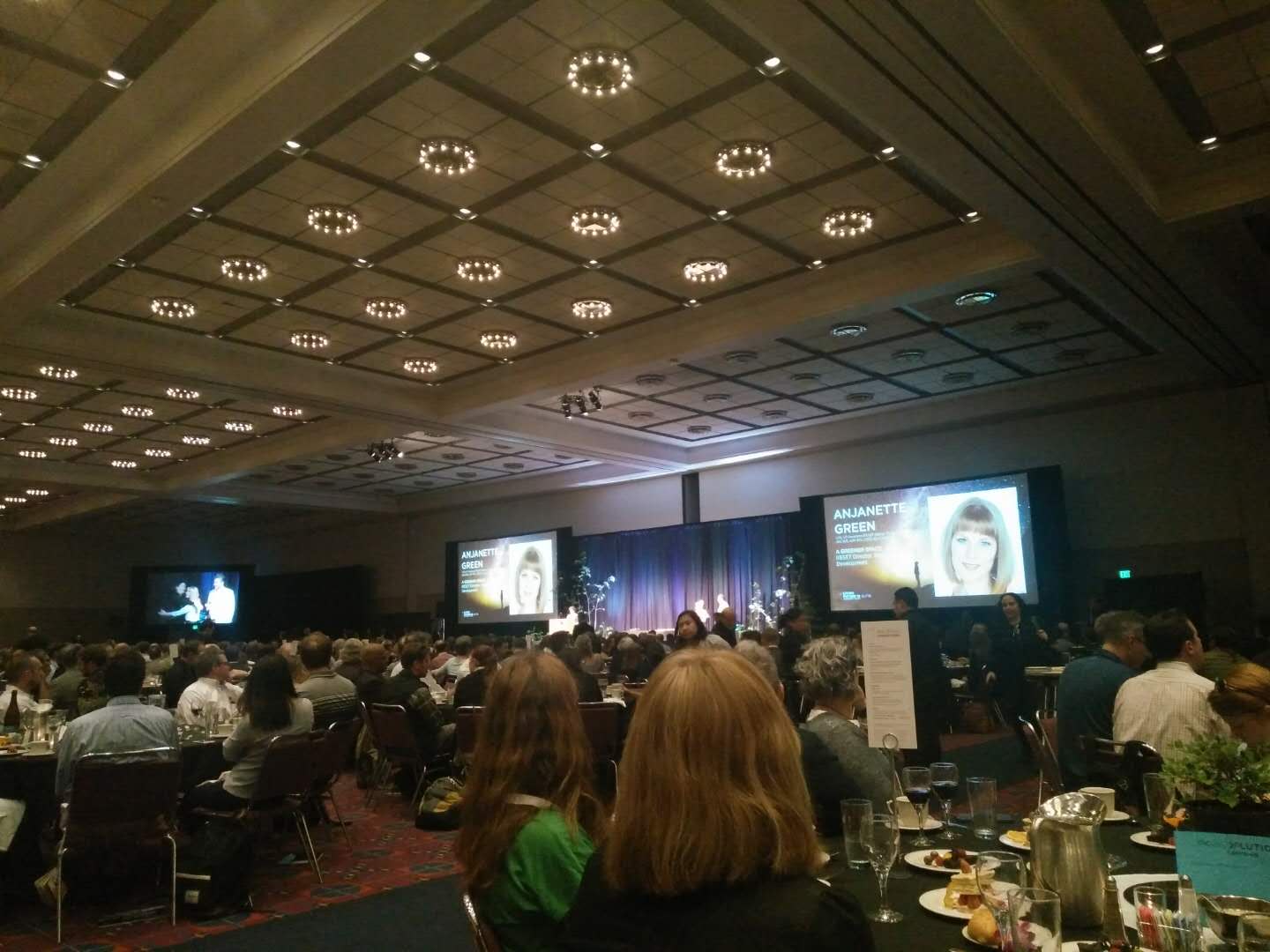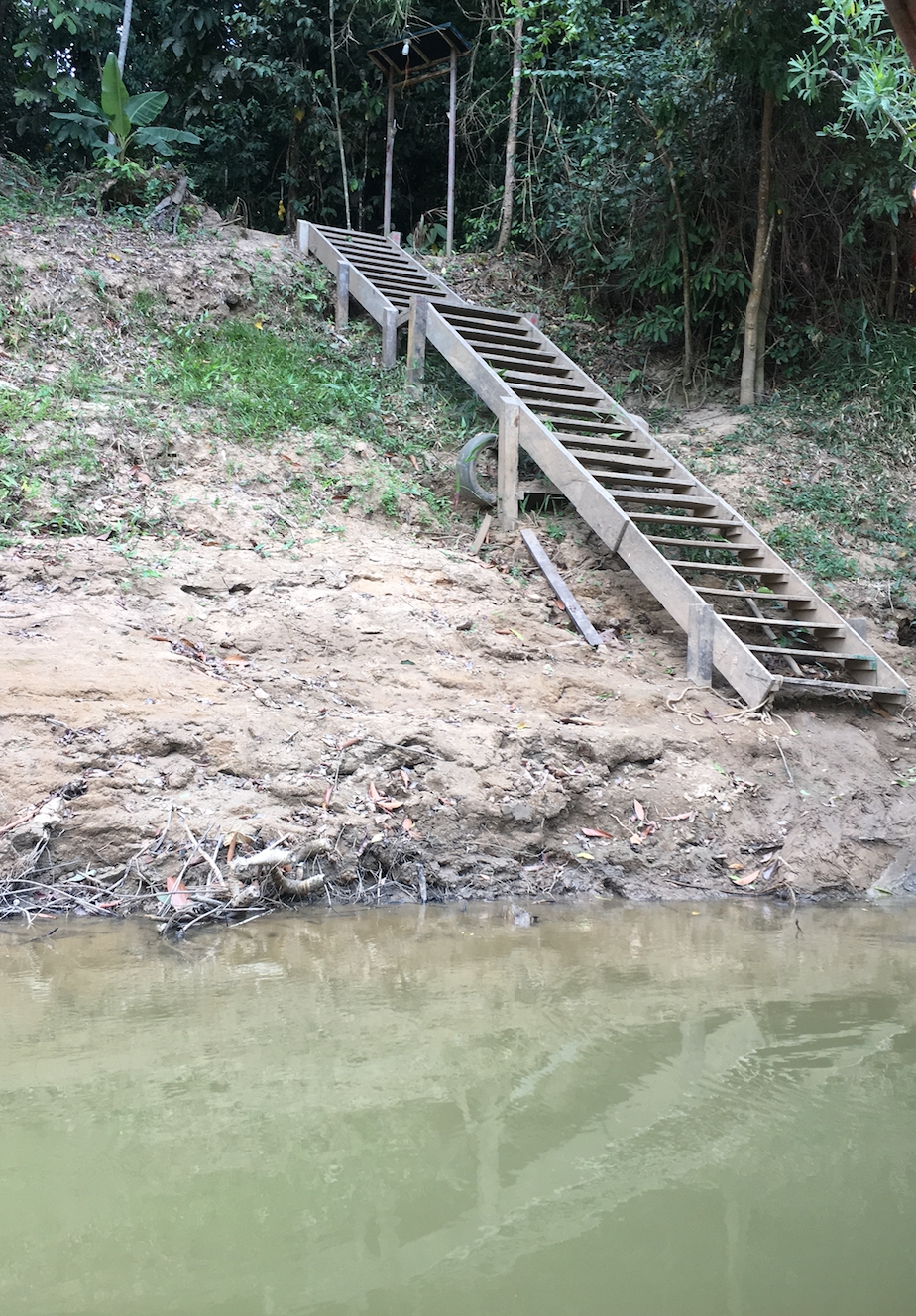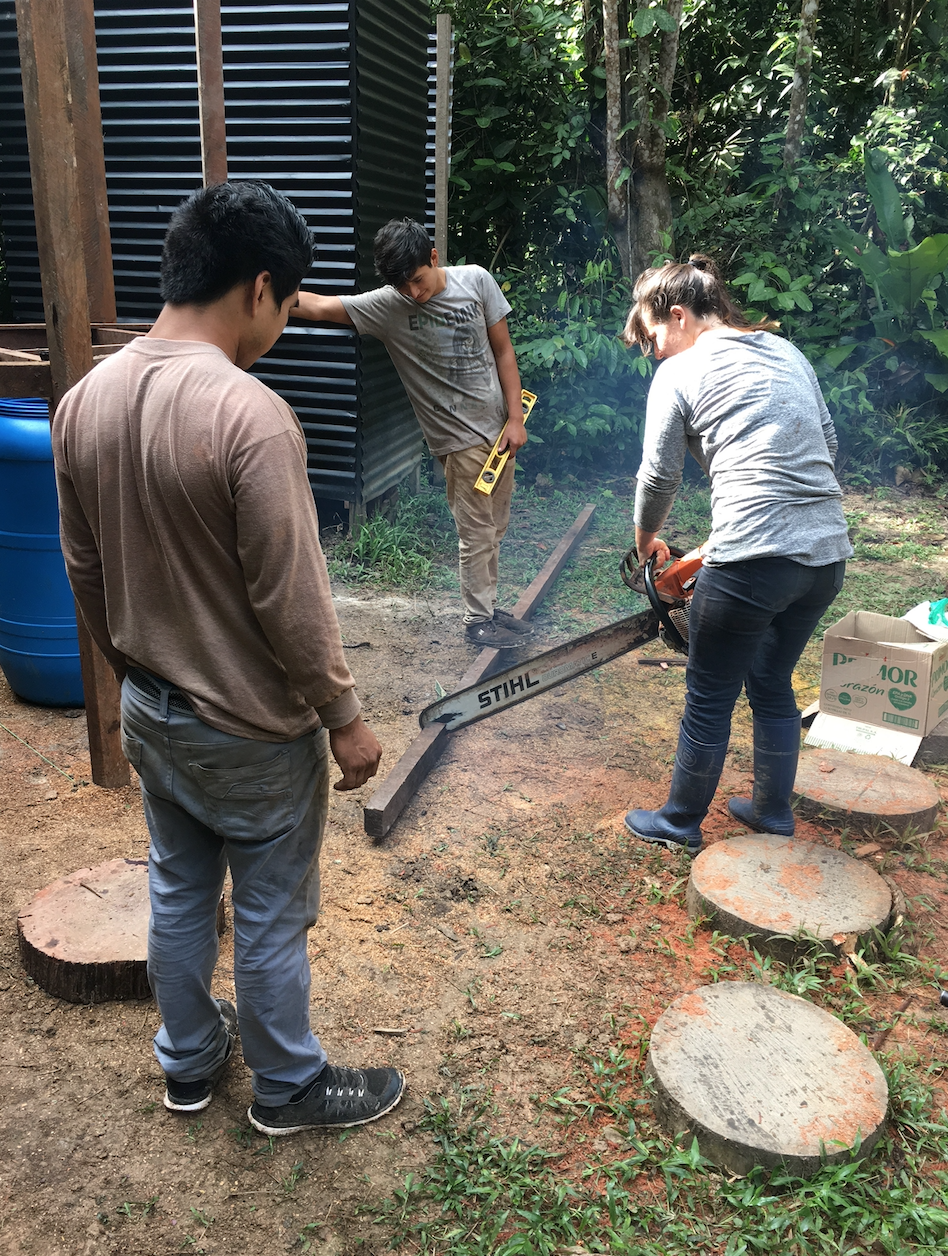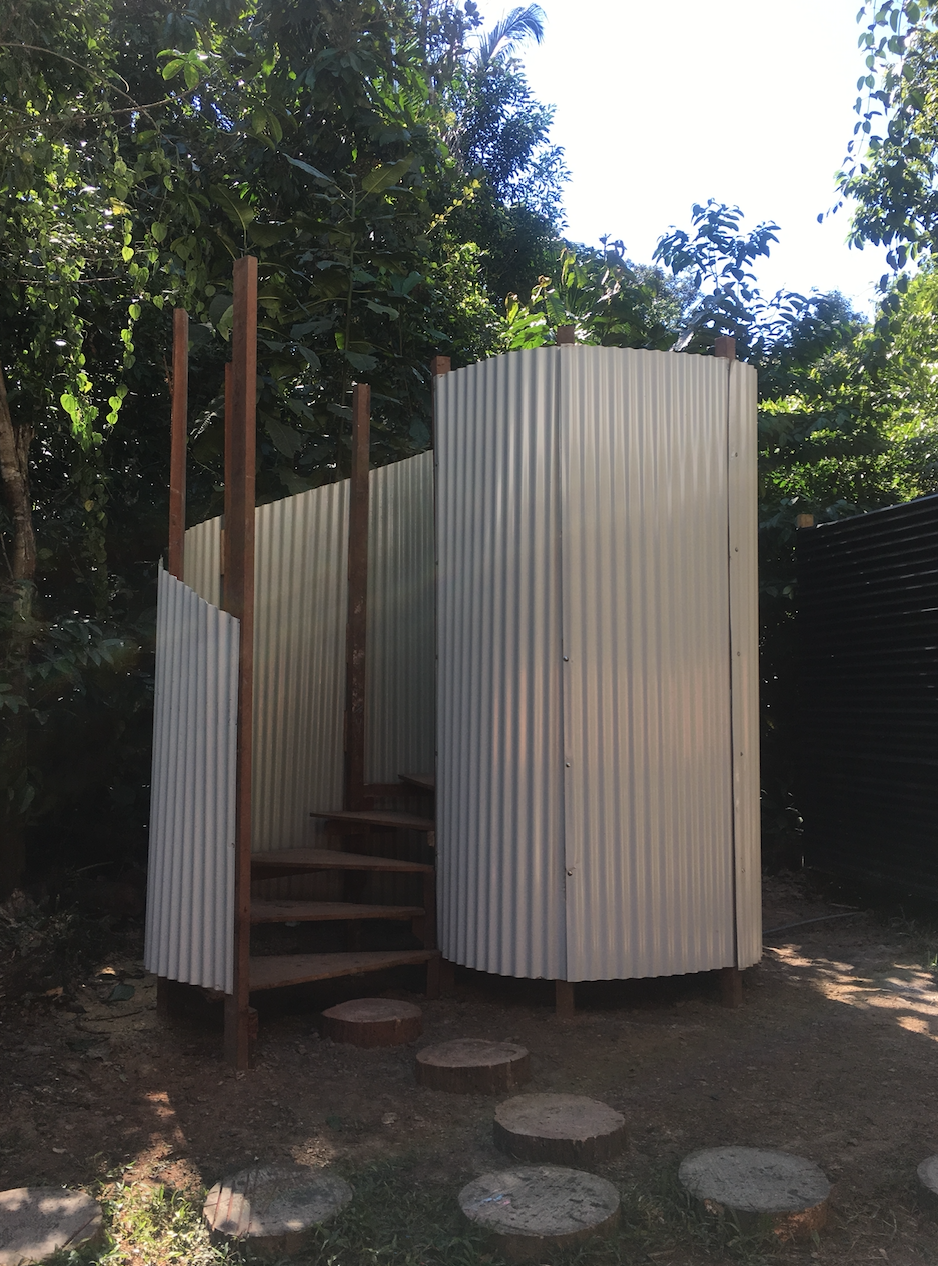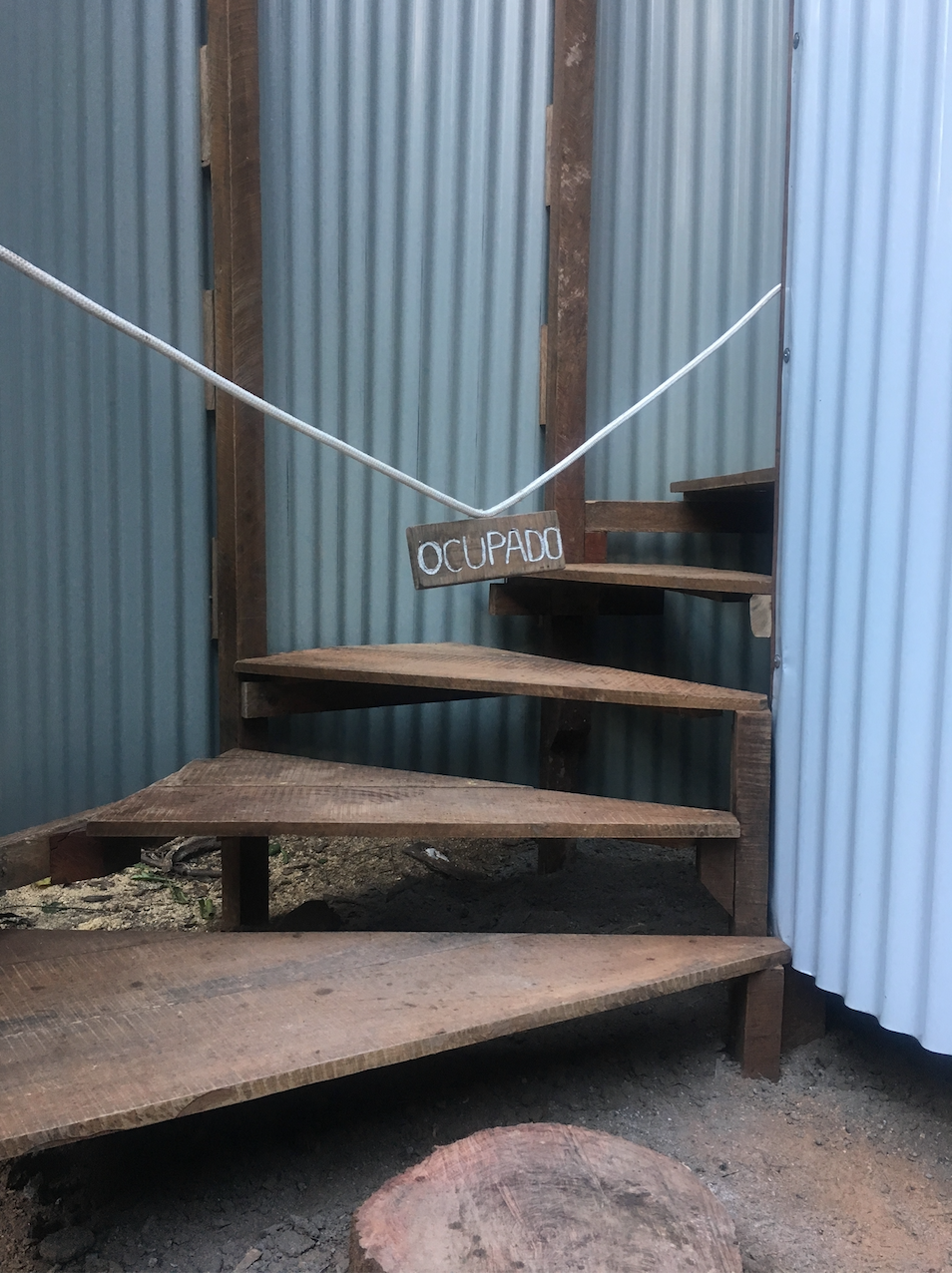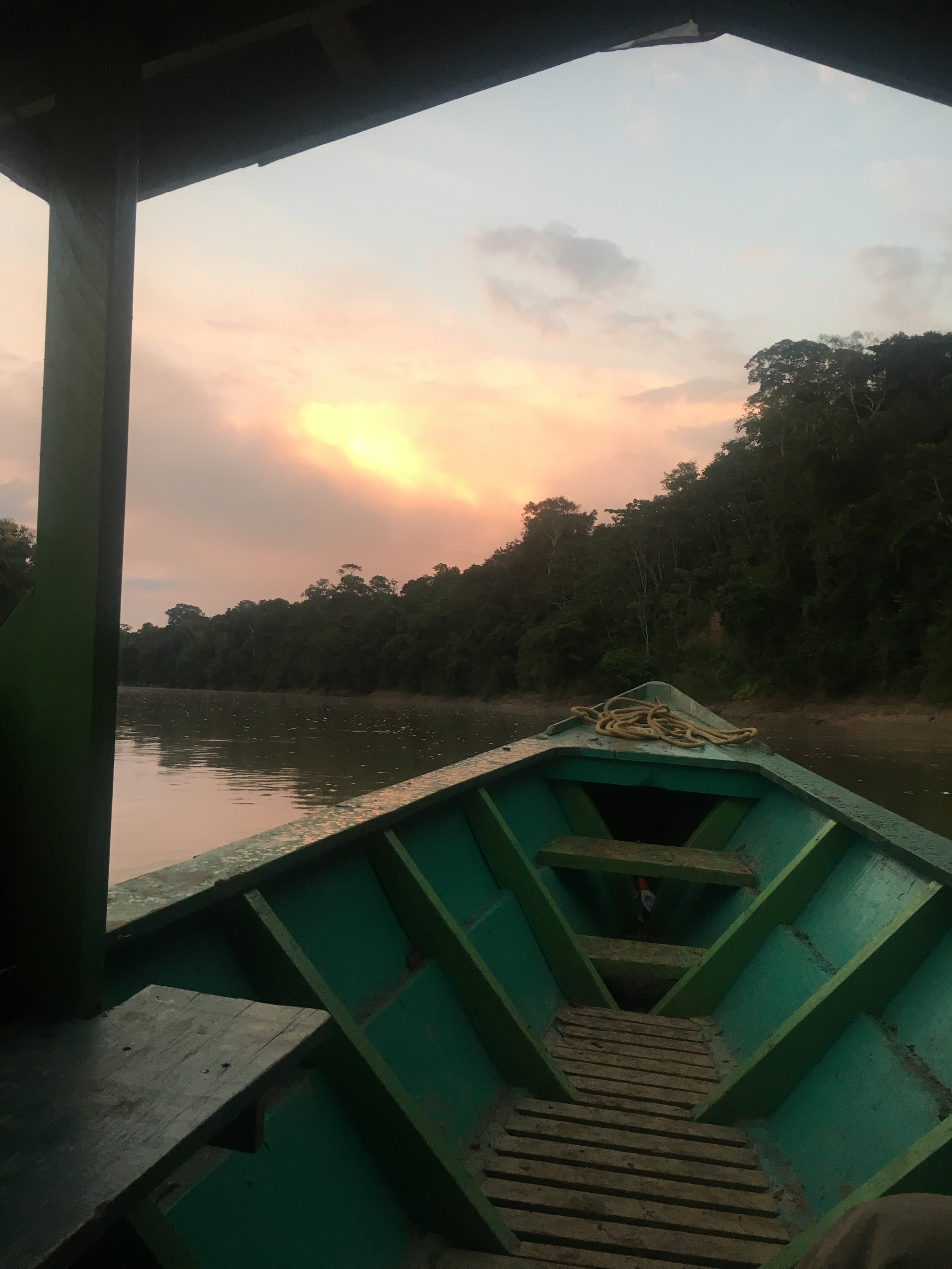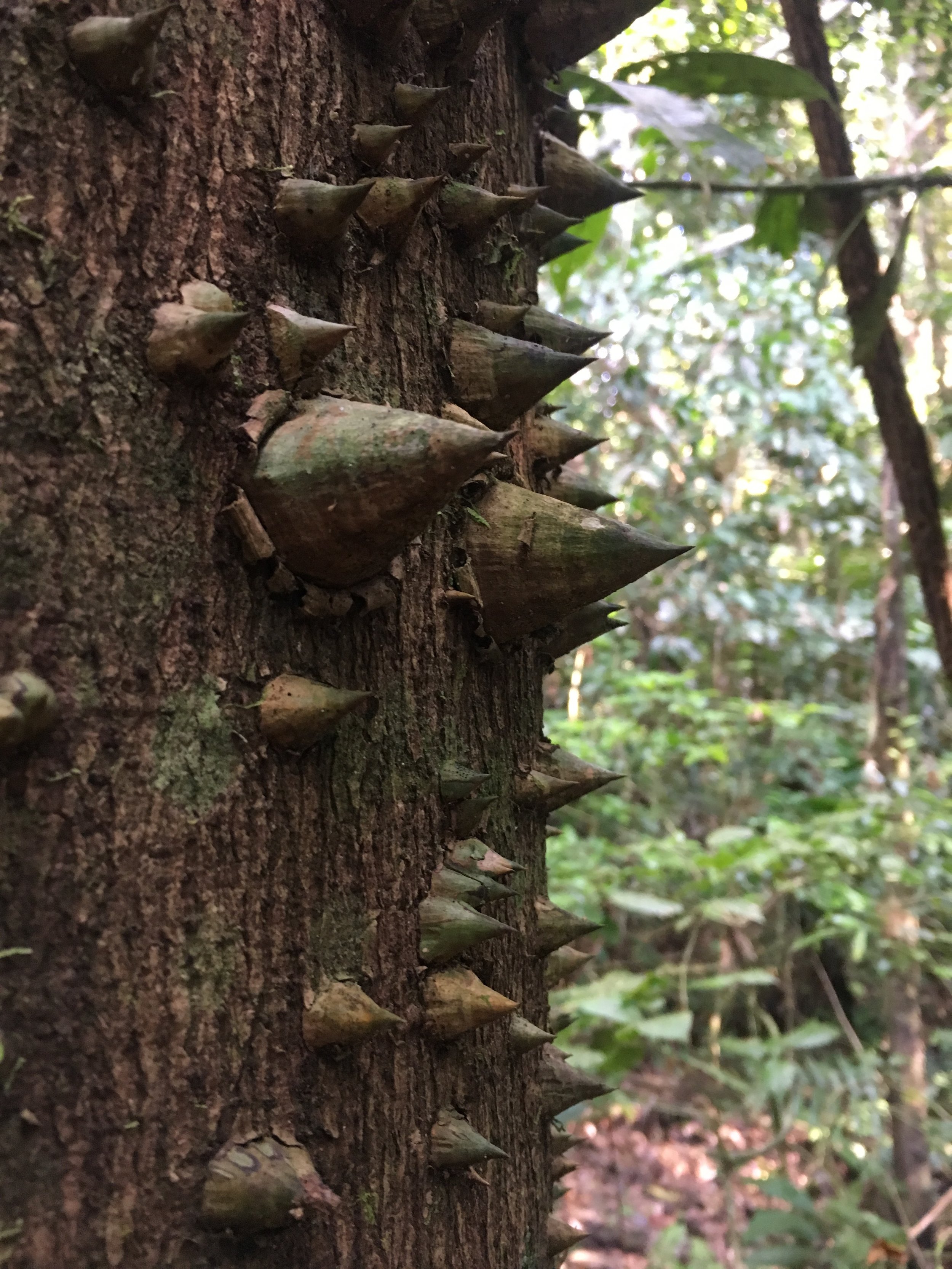Pursuing a product or building certification is tough in the best of times and now, in the depths of a seemingly endless pandemic, it may feel insurmountable to manufacturers and project teams alike.
I’ve never been one to say no to a challenge. COVID-19 is no exception. I am therefore making good on a promise I made a long time ago when I decided to travel down the environmental and green building pathway--and that is to do high quality, responsible work because it’s the right thing to do; not for the money, certainly not for the “fame”.
This pandemic has turned everything on its head. Life everywhere has been anything but “normal”. The constant murmurings I hear echoing across every sector are of frustration, exasperation, defeat and at worst, hopelessness.
We don’t have space for this; we didn’t when industry was “doing well” and we most certainly don’t have the luxury of giving in now. We can’t afford to.
If anything, the COVID-19 pandemic has exposed the many cracks in our systems; from global supply chains and inequalities in resources, to how we treat one another on a global scale. Greta said it best, “our house is on fire” and frankly, we are now seeing the dire consequences of what happens when we ignore the signs that our planet has been sending out for decades.
And so, I want to flip the script. A Greener Space has talent, knowledge, experience and capabilities that are not only needed for the planet’s sake but needed by project teams who need a leg up. In my world, lack of finances does not equal inability to do great things. The will to do something empowering and of consequence that can make a difference in our planet’s health and those of us on it, then money, is not what should be the deciding factor. I am removing that barrier. Today.
On this, the very significant day of September 11, 2020, A Greener Space announces a call to projects for a chance to have FREE, PRO BONO CONSULTING.
Free as in, zero charge, for AGS consulting on your project. I want to hear from you! Tell me why your project will make a difference in the world. Why would it benefit the planet and people for your project to be realized?
I will be reviewing submissions until 2021. There is no project too small or too large to propose and submissions are open for manufacturers and building projects alike. Whether you need Living Future Accredited expertise to get you through an LBC project, Third-party verification for your Declare label, or expertise from a RESET AP for your project’s pursuit of RESET Air Certification…I’m here to help. For free.
If anything positive can be gained from the SARS-CoV-2 virus and subsequent upheaval, loss and pain that is has caused, then it has to be the equally powerful wakeup call that it has instigated. I started AGS because I wanted to be part of something bigger than myself; to be an active part of change and help people. My tag line, “bolder braver cleaner greener” means to be at the very center of positive disruptions.
If you have a project that can contribute to this mode of thinking and charge into 2021 with a bolder, braver, cleaner and greener outlook, I want to hear from you!






